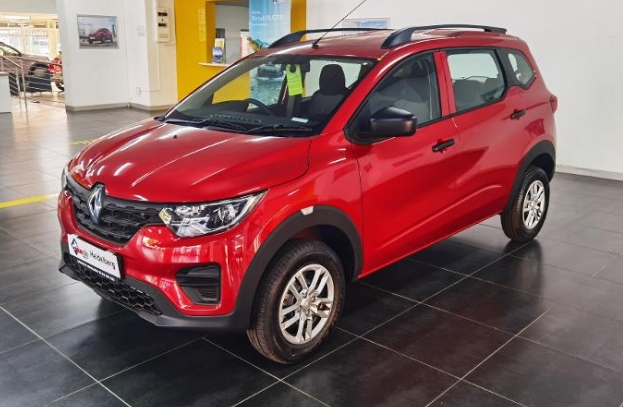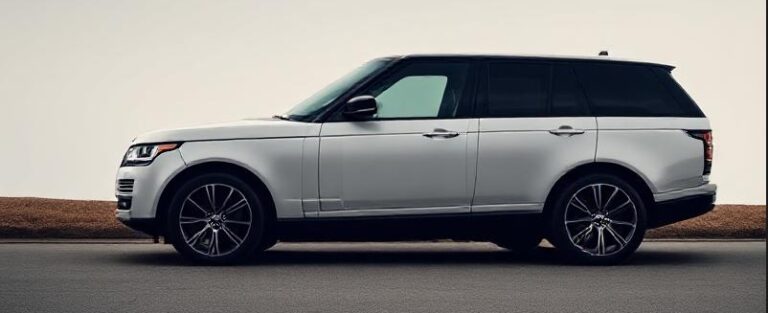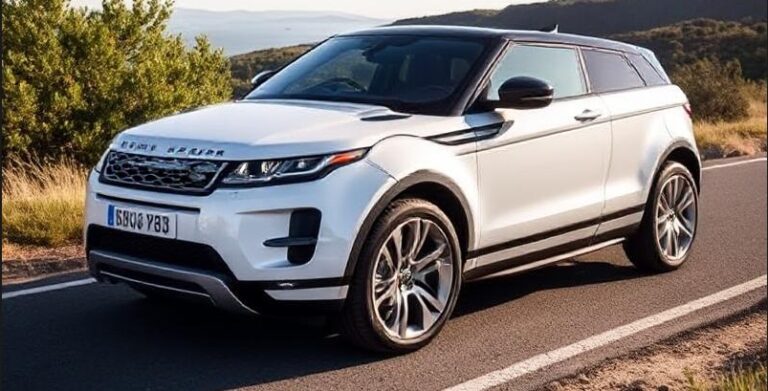The Evolution of the Renault Triber
Introduction
Launched as a versatile and affordable compact MPV, the Renault Triber has established itself as a practical choice for families and urban commuters. Since its debut, the Triber has undergone multiple updates and trim enhancements, reflecting Renault’s commitment to offering flexible mobility solutions tailored to diverse markets. This article traces the evolution of the Renault Triber, detailing its production timeline, model variations, and the features that have defined each generation and trim level.
Origins and Launch (2019)
The Renault Triber was officially launched in India in August 2019, marking Renault’s entry into the compact MPV segment aimed at budget-conscious consumers seeking spaciousness and utility. Built at Renault’s Oragadam plant in Tamil Nadu, India, the Triber was designed specifically for emerging markets with a focus on affordability, versatility, and fuel efficiency.
Initial Model and Trim Levels (2019)
At launch, the Triber was available in three primary trim levels:
- RXE: The base variant, offering essential features such as manual air conditioning, front power windows, a basic audio system, and safety features like driver-side airbag and ABS with EBD.
- RXL: An upgrade over RXE, adding features like front fog lamps, a rearview camera, additional storage spaces, and an improved audio system.
- VXT: The top-tier trim, equipped with features such as a touchscreen infotainment system, steering-mounted controls, rear parking sensors, and additional comfort features like adjustable headrests and power windows.
The initial offering was powered by a 1.0-liter naturally aspirated petrol engine producing approximately 72 PS (horsepower), paired with a 5-speed manual transmission. An AMT (Automated Manual Transmission) option was also available in select trims, providing a more convenient driving experience.
Design and Dimensions
The Triber’s design emphasized practicality over style, with a boxy silhouette maximizing interior space. Its dimensions measured approximately 3.99 meters in length, making it a compact yet roomy vehicle suitable for urban environments and narrow roads.
First Facelift and Mid-Cycle Updates (2021)
Although the Triber did not undergo a full model overhaul in its initial years, Renault introduced a mid-cycle update in 2021 to keep the model competitive. This update primarily focused on feature enhancements, safety improvements, and minor design tweaks.
2021 Model Updates
- New Features: The 2021 refresh added a new 7-inch touchscreen infotainment system with smartphone connectivity (Android Auto and Apple CarPlay) in the VXT trim. The base RXE and RXL trims continued with their existing features but received minor interior upgrades, such as new upholstery options.
- Safety: Renault increased safety features across trims, with the addition of rear parking sensors as standard in more variants, and enhanced crash safety measures.
- Design Tweaks: Slight exterior changes included new wheel covers and revised grille designs, giving the Triber a more contemporary look.
Trim Levels Post-Update
The trim hierarchy remained largely consistent, with the addition of optional packages:
- RXE: Entry-level, basic equipment.
- RXL: Mid-level, added comfort and convenience features.
- VXT: Top-spec, equipped with infotainment and premium features.
In some markets, Renault also introduced a ‘Climber’ variant, which added cosmetic enhancements like dual-tone roof options, blacked-out elements, and sporty decals, aimed at a younger demographic.
Introduction of New Variants (2022-2023)
Recognizing the Triber’s popularity, Renault expanded its lineup with new variants and features to cater to evolving customer preferences.
2022 Model Year
- Introduction of the RXT (O) Variant: This trim was introduced as a more value-focused option, offering essential features with a few upgrades over the base trims. It included features like a 7-inch touchscreen, dual airbags, and basic comfort features.
- Enhanced Safety: The addition of driver-side airbags in more trims, along with optional dual airbags in higher trims, became standard across most variants.
- Transmission Options: The AMT transmission became more widespread across trims, providing ease of driving in city traffic.
2023 Model Year
- Feature Upgrades: The 2023 updates included the introduction of additional safety features such as rear parking sensors becoming standard across all trims, and the availability of a rearview camera in mid and top trims.
- New Color Options: Renault introduced new exterior colors and interior upholstery options to refresh the model’s appeal.
- Limited Editions and Special Variants: To boost sales and maintain interest, Renault launched limited editions, such as the ‘Triber RXE Special Edition,’ featuring unique styling elements and accessories.
Powertrain and Mechanical Evolution
Throughout its production, the Renault Triber has maintained a focus on affordability and efficiency. The core powertrain has been the 1.0-liter SCe (Smart Control Efficiency) three-cylinder petrol engine, producing 72 PS and 96 Nm of torque, paired with 5-speed manual or AMT transmissions.
In 2022, Renault announced plans for future powertrain variants, including potential diesel options and mild-hybrid systems, primarily for markets where diesel remains popular. However, as of the latest updates, the petrol engine remains the sole offering.
We LOVE cars & cruising around, but sometimes day trips to explore new cities are required (with family or friends) for a spice of variety in your life!
So GO explore!
Cruises & Day/Night City Tours to: Baltimore, Boston, Chicago, Marina Del Ray, New York, Niagara, Philadelphia, San Diego, San Francisco, Toronto, Washington DC, etc.:

.
Global Presence and Market-Specific Variants
While the Renault Triber was initially launched in India, it was also introduced in several other markets, including South Africa, Latin America, and Indonesia, often with slight modifications to suit local preferences.
- India: The primary market of the Triber, where it became one of Renault’s best-selling models.
- South Africa: Offered with additional safety features and slightly different trim nomenclature.
- Latin America & Indonesia: Variations included different infotainment options and sometimes different exterior color palettes.
Key Features and Highlights Throughout Its Evolution
- Interior Versatility: The Triber’s modular seating configuration, with a 7-seater capacity, has been a consistent selling point. The rear seats can be folded or removed to expand cargo space, making it highly adaptable.
- Affordability: Renault maintained competitive pricing throughout its lifecycle, with entry-level variants priced to appeal to budget-conscious consumers.
- Connectivity & Comfort: Over the years, the infotainment system has improved, from basic audio units to touchscreen systems with smartphone integration.
- Safety: The inclusion of multiple airbags, ABS, EBD, and parking sensors has increased over time, aligning with global safety standards.
Future Outlook and Potential Updates
As of 2023, Renault continues to focus on the Triber’s strengths—space, affordability, and practicality—while exploring hybridization and electrification options for future models, aligning with global trends toward cleaner mobility solutions. Given the model’s success in emerging markets, subsequent updates may include more advanced safety features, improved infotainment, and potential powertrain enhancements.
Conclusion
The Renault Triber’s journey from its 2019 launch to its current iteration reflects a strategic evolution centered on maximizing space, affordability, and feature content for urban consumers. While it has remained relatively unchanged in core design and mechanical specifications, incremental updates have kept it relevant in a competitive segment. With a flexible platform that adapts to market demands, the Renault Triber exemplifies how a compact MPV can evolve through targeted feature enhancements and strategic variant offerings, solidifying its position as a practical choice for families and city dwellers across emerging markets.







